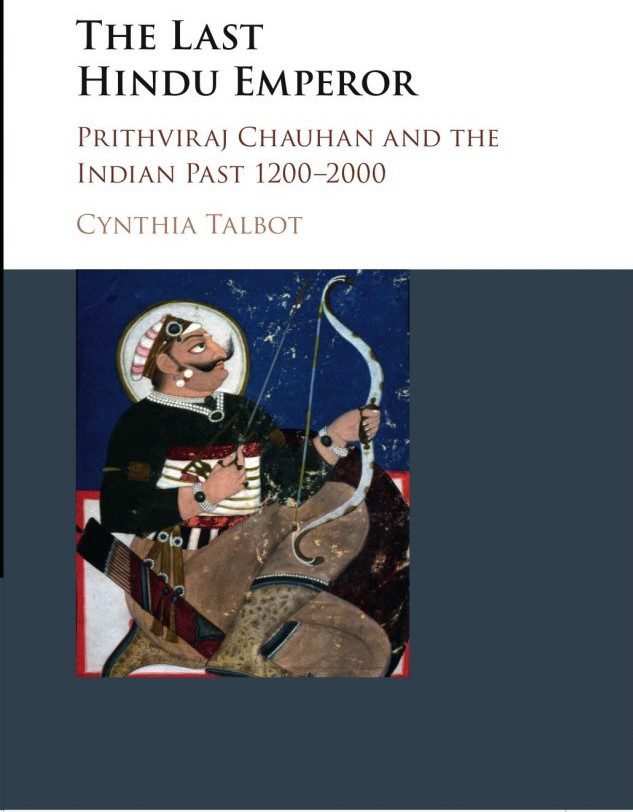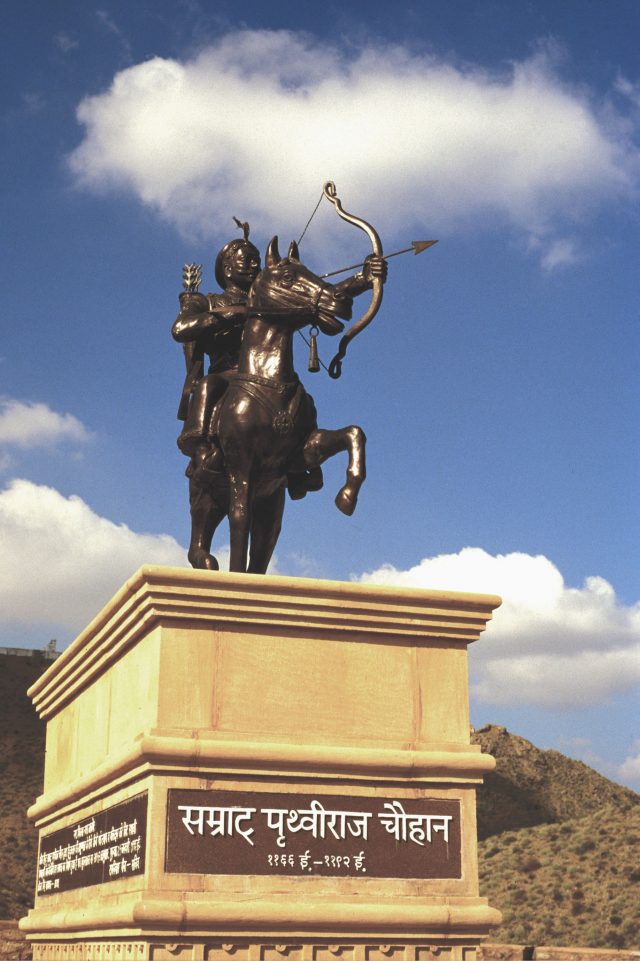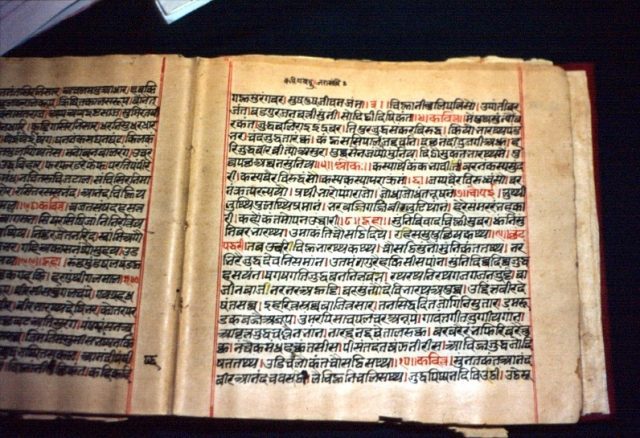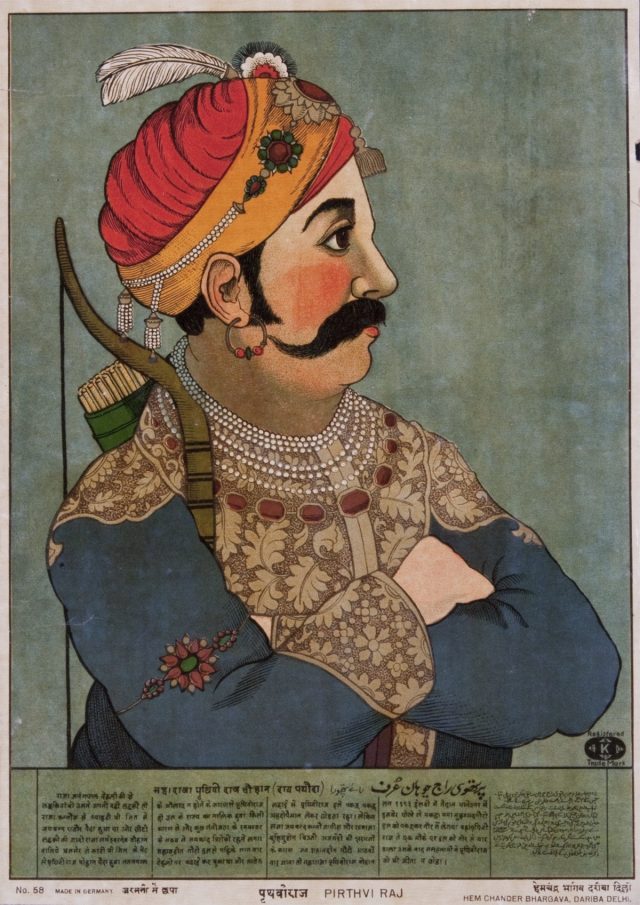The Last Hindu Emperor: Prithviraj Chauhan
The Last Hindu Emperor: Prithviraj Chauhan

 Once a sense of Indian nationalism developed in the late nineteenth century, after more than a hundred years of British rule, Indian intellectuals came to regard Prithviraj Chauhan as a patriot who had given up his life in the struggle against foreign invaders. Prithviraj Chauhan and other Rajput lords inspired colonial era Indians who also had to face foreign rulers, although they were English this time and not Central Asian. Prithviraj Chauhan was already confirmed as a nationalist, anti-colonial hero when Western scholarship rejected Prithviraj Raso‘s claim to be an eyewitness account of the king’s twelfth-century reign. During the early twentieth century, Prithviraj Raso‘s version of his heroic exploits was retold repeatedly in the newly expanding public sphere created by the modern Indian printing presses. He was even commemorated in visual form, on mass-produced lithographs like the example below from the 1930s. Throughout the period of the nationalist movement against British colonialism, therefore, the hero of Prithviraj Raso retained his grip on popular imagination and this image of the king has prevailed in popular culture since India’s independence in 1947 as well.
Once a sense of Indian nationalism developed in the late nineteenth century, after more than a hundred years of British rule, Indian intellectuals came to regard Prithviraj Chauhan as a patriot who had given up his life in the struggle against foreign invaders. Prithviraj Chauhan and other Rajput lords inspired colonial era Indians who also had to face foreign rulers, although they were English this time and not Central Asian. Prithviraj Chauhan was already confirmed as a nationalist, anti-colonial hero when Western scholarship rejected Prithviraj Raso‘s claim to be an eyewitness account of the king’s twelfth-century reign. During the early twentieth century, Prithviraj Raso‘s version of his heroic exploits was retold repeatedly in the newly expanding public sphere created by the modern Indian printing presses. He was even commemorated in visual form, on mass-produced lithographs like the example below from the 1930s. Throughout the period of the nationalist movement against British colonialism, therefore, the hero of Prithviraj Raso retained his grip on popular imagination and this image of the king has prevailed in popular culture since India’s independence in 1947 as well.The long history of Prithviraj Chauhan and the popularity of epics like Prithviraj Raso shows the remarkable resilience of popular myths that can shape the ways kings are remembered in new historical contexts.
Some video about this-
In 3d animation -the last empperoe Prthviraj Chavan




🙌🏻
ReplyDelete